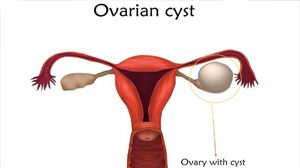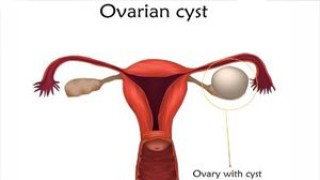Frozen Pelvis due to Genital Tuberculosis
Add to
Share
228 views
Report
2 months ago
Description
Frozen pelvis is a term used to describe severe pelvic adhesions and fibrosis, where pelvic organs are densely stuck together, making normal anatomical planes indistinct. One of the rare but significant causes of a frozen pelvis is genital tuberculosis (GTB), a form of extrapulmonary tuberculosis affecting the female reproductive system. GTB is most common in women of reproductive age and is a leading cause of infertility in endemic regions. Pathophysiology: Genital tuberculosis typically spreads hematogenously from a primary focus, usually the lungs, or via lymphatic routes. The infection primarily involves the fallopian tubes (90–100%), followed by the endometrium (50–60%), ovaries (20–30%), cervix, and rarely the vagina or vulva. Chronic inflammation leads to fibrosis and dense adhesions between pelvic structures, resulting in a frozen pelvis. Key pathological features include: Tubo-ovarian masses Caseous necrosis Adhesions between bowel, uterus, and ovaries Calcifications in severe, long-standing cases Clinical Features: Patients with frozen pelvis due to genital tuberculosis may present with: Chronic pelvic pain and discomfort Infertility or difficulty conceiving Menstrual irregularities such as oligomenorrhea or amenorrhea Dyspareunia (painful intercourse) Occasionally, systemic symptoms like low-grade fever, night sweats, and weight loss Diagnosis: Diagnosing GTB-related frozen pelvis requires a combination of clinical suspicion, imaging, and laboratory tests: Ultrasound: May reveal tubo-ovarian masses, hydrosalpinx, or pelvic adhesions. Hysterosalpingography (HSG): Shows tubal obstruction, beading, or irregular uterine cavity. CT/MRI: Helps evaluate extent of adhesions, bowel involvement, and pelvic masses. Endometrial biopsy or laparoscopy: Histopathology may show granulomas with caseation. PCR and culture for Mycobacterium tuberculosis increase diagnostic accuracy. Laparoscopy: Often considered the gold standard; reveals dense adhesions, tubo-ovarian masses, and “frozen” pelvic anatomy. Management: Management involves a combination of anti-tubercular therapy (ATT) and, when necessary, surgical intervention: Medical Therapy: Standard ATT for 6–9 months is the mainstay to control infection. Early therapy can limit progression and prevent further adhesions. Surgical Management: Laparoscopic adhesiolysis may be attempted in select cases but can be technically challenging due to dense fibrosis. Hysterectomy or salpingo-oophorectomy may be necessary in cases with extensive destruction or persistent pain. Surgery carries a high risk of injury to adjacent bowel or bladder due to obliterated anatomy. Prognosis: Fertility outcomes are often poor due to tubal damage and intrauterine adhesions. Early diagnosis and prompt ATT improve pain relief and prevent further progression. Complications may include chronic pelvic pain, bowel obstruction, or recurrent infections. Conclusion: Frozen pelvis due to genital tuberculosis is a rare but serious condition that poses diagnostic and therapeutic challenges. Awareness and early suspicion are essential, especially in endemic areas, to prevent irreversible pelvic damage and preserve fertility wherever possible. Multidisciplinary management involving gynecologists, infectious disease specialists, and laparoscopic surgeons is often required for optimal outcomes.
Similar Videos






